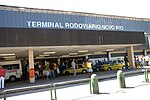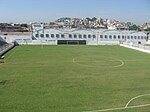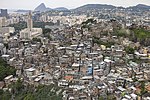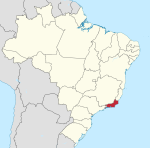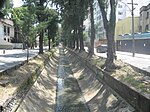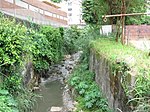Greater Rio de Janeiro
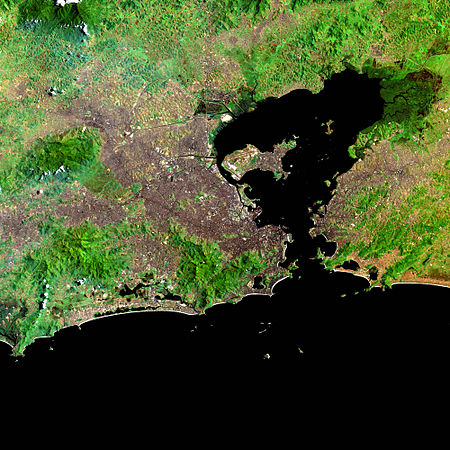
Greater Rio de Janeiro, officially the Rio de Janeiro Metropolitan Region (Grande Rio, officially Região Metropolitana do Rio de Janeiro, in Portuguese) is a large metropolitan area located in Rio de Janeiro state in Brazil, the second largest in Brazil and third largest in South America. It consists of 22 municipalities, including the state capital, Rio de Janeiro. The metropolitan area of Rio de Janeiro is known as a historical, cultural and economic centre of Brazil, with a total population of 13 million inhabitants. The region was first officially defined on July 1, 1974, less than 1 year before the fusion of Guanabara into Rio de Janeiro. Several municipalities show a high level of conurbation, with Rio de Janeiro–Baixada Fluminense and Niterói–São Gonçalo being the most clear examples. It was changed several times to include or remove different cities in different moments of the history, in the years 1993, 2001, 2002, 2009, 2013 and 2018. The water supply plans of the region are coordinated, and transportation in the area is heavily interconnected with urban intermunicipal buses to all municipalities in the area, trains over the capital to some Baixada Fluminense municipalities, ferry boats to some of the Guanabara Bay municipalities and major inter-city freeways such as the Rio–Niterói Bridge, Red Line, President Dutra freeway and the Niterói-Manilha freeway (pt). Most transportation methods are integrated with the capital inner-transportation system of buses, trains, metro, freeways and expressways.
Excerpt from the Wikipedia article Greater Rio de Janeiro (License: CC BY-SA 3.0, Authors, Images).Greater Rio de Janeiro
Ciclovia Praia Formosa, Rio de Janeiro Santo Cristo
Geographical coordinates (GPS) Address Nearby Places Show on map
Geographical coordinates (GPS)
| Latitude | Longitude |
|---|---|
| N -22.9028 ° | E -43.2078 ° |
Address
Ciclovia Praia Formosa
Ciclovia Praia Formosa
20220-281 Rio de Janeiro, Santo Cristo
Rio de Janeiro, Brazil
Open on Google Maps
